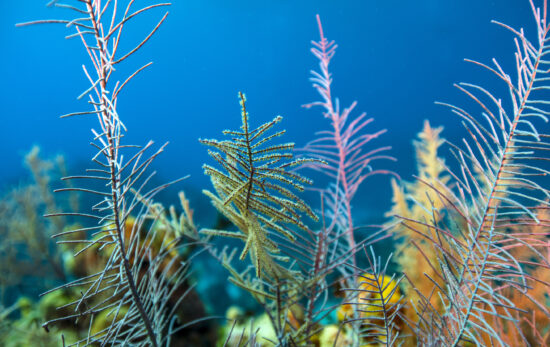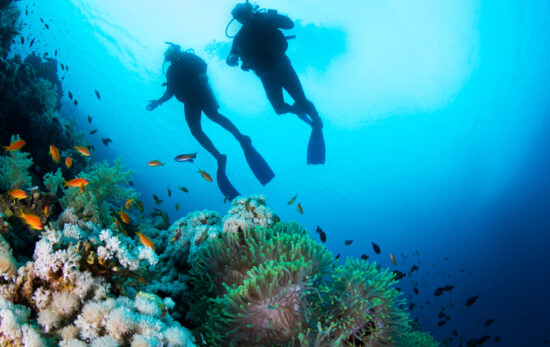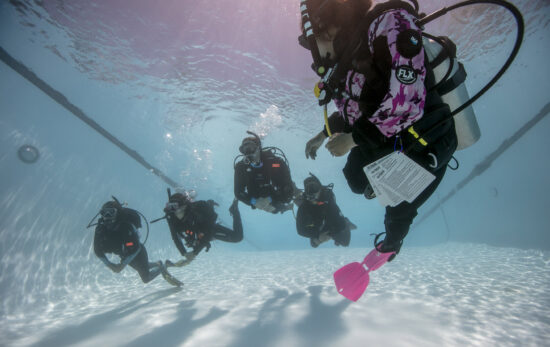When you’re a diver, announcements of underwater discoveries find and accomplishments jump off the screen at you. When Dr. Bob Ballard found Titanic in 1985, I remember being mesmerized by the first pictures and details on television (BTW, at 80 years young, Ballard’s now looking for Amelia Earhart). Similarly, in 2012, I immediately followed the links in press announcements about James Cameron’s descent to the bottom of the Mariana Trench in Deepsea Challenger, the first return to the ocean’s deepest point since 1960. (To date, more than 20 people have now been there.)
Discoveries and breakthroughs like these make the headlines, but they’re the tip of the proverbial iceberg if you will. Ocean researchers report equally interesting, impressive, and significant findings all the time – they just don’t make front pages or landing pages. Here are just a few cool underwater discoveries from the past couple of years that I’ve noted.
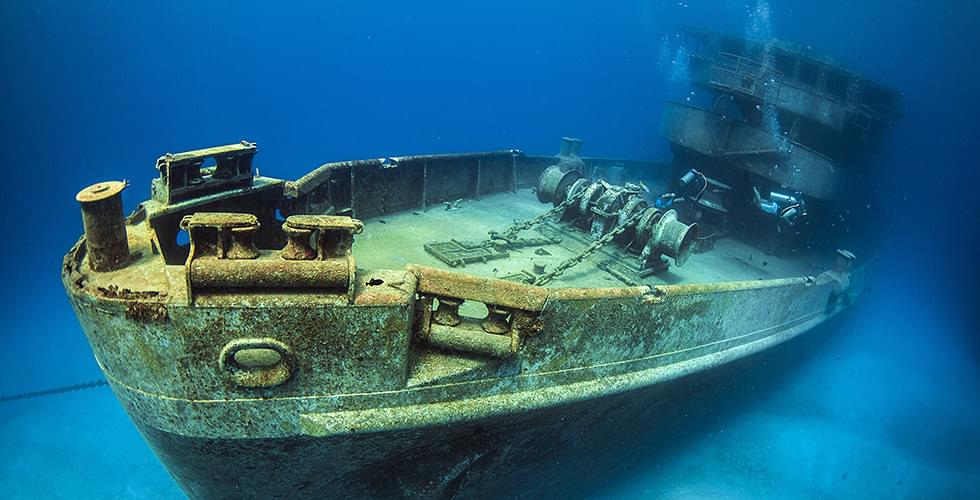
Heraklion Shipwreck. Heraklion is an Egyptian City where an earthquake (and other events) sank into the sea around 2 B.C. It was thought to be a myth for centuries until found in the late 1990s, and archaeologists have been studying it since. Just last year, they found the ship’s wreck within the city. Archaeologists think it was probably docked there and sank when the quake hit, and it’s important because scientists only have one other vessel of its kind to study.
So Long It Dwarfs a Blue Whale. Siphonophores are string-like colonial marine organisms that are similar to jellyfish. They live “weightless” in midwater, allowing them to grow very long. One researcher spotted in 2020 was estimated to be about 45 meters/150 feet long – about 1.5 times the length of a blue whale (although nowhere near as much mass, of course)!
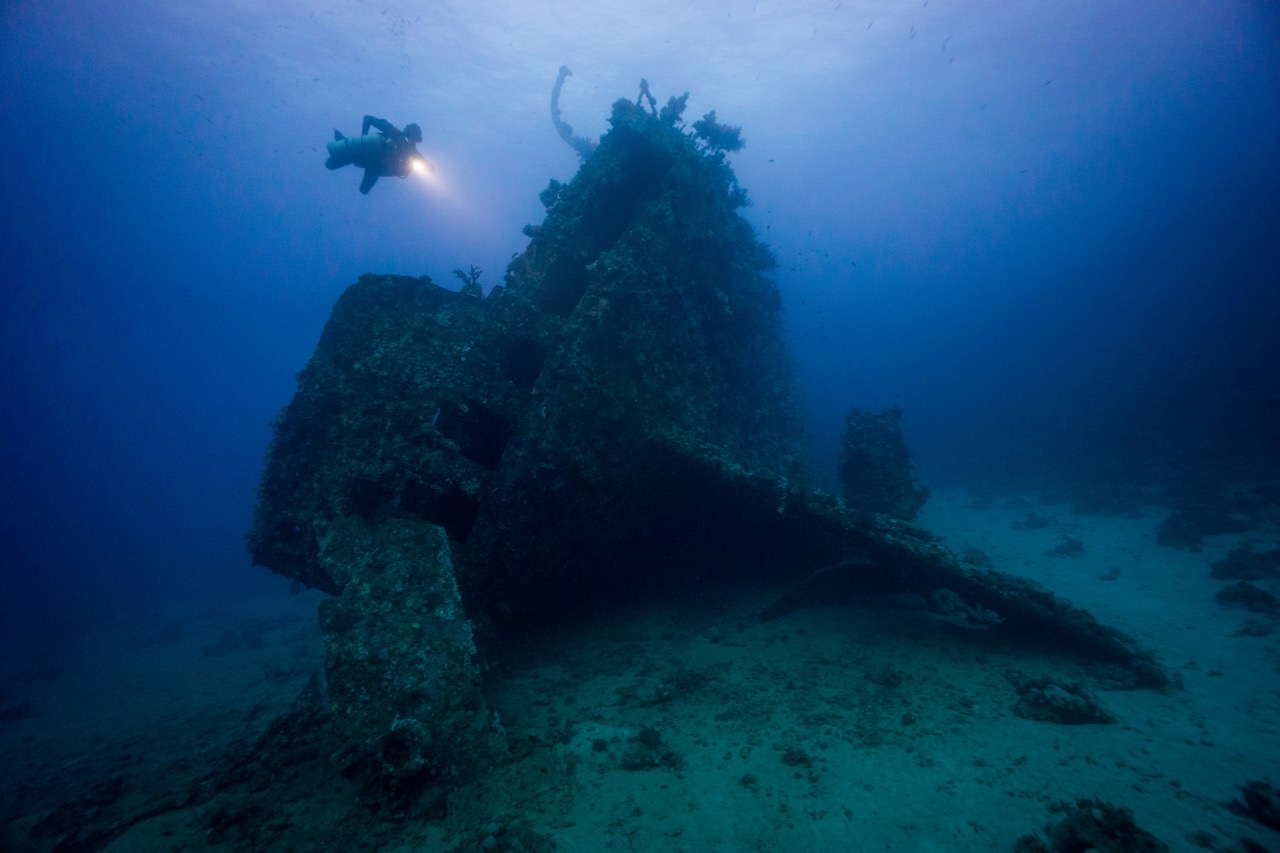
Glow in the Dark Sharks. We’ll see what Hollywood does with this, but scientists have found that not one but three deep-sea sharks are bioluminescent – emit light. Living in the 200 meter/660 foot to 1000 meter/3300 foot depth range, the kitefin shark is now the largest known vertebrate that produces light.
It Probably Didn’t Swim There. Scientists from the Monterey Bay Aquarium Research Institute recovered a mammoth tusk that they stumbled on in a submersible, 3070 meters/10,000 feet deep and 300 kilometers/190 miles off the California coast. The big deal is that while such tusks are relatively common fossil finds in some regions, the deep ocean preserved this one far better than usually happens, allowing the extraction of intact DNA.
Another Road to Atlantis? The Bimini Road, sometimes called “the Road to Atlantis” has been a popular dive site for decades. Most scientists say that despite its appearance, it’s a natural phenomenon, though some claim a human origin. Earlier this year scientists found another “road” while mapping the U.S. Papaphanaumokuakea Marine National Monument near Hawaii. It, too, is said to be a natural geological formation, but at more than 1100 meters/3300 depth, you’ll need a sub to dive on it.
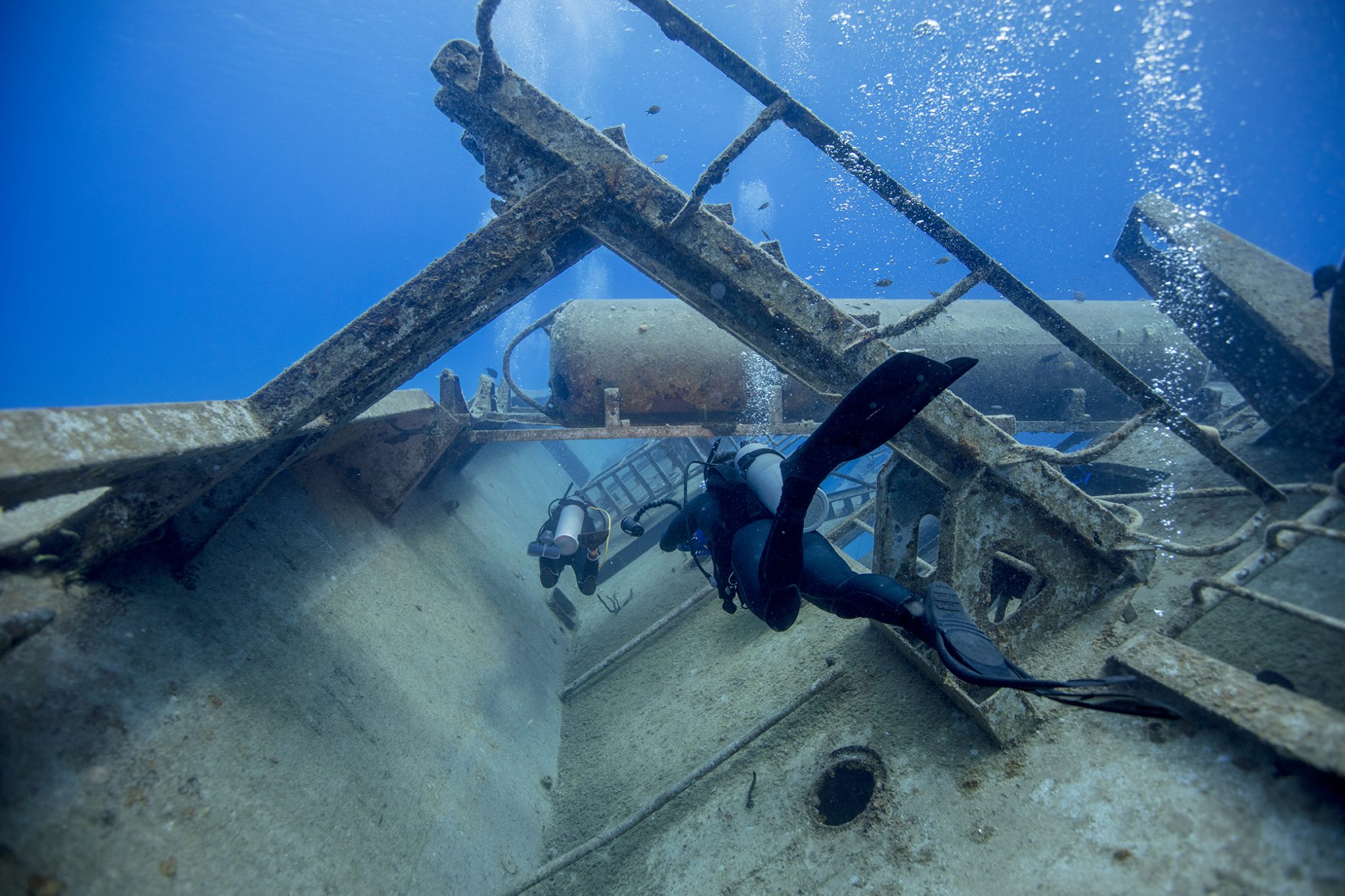
New Species. Estimates are that there are as many as 1 trillion species on Earth, with only a fraction of them formally recorded by science – with the ocean one of the many places they’re doing so. The 2020 expedition that found the long siphonophore alone found 30 new species in just 20 sub-dives.
From Oregon to Lake Huron. Reported in June 2021, archaeologists diving in Lake Huron of the U.S. Great Lakes found stone tools that, through their mineral makeup, are known to have originated 4000 kilometers/2485 miles away in present-day Oregon. Estimated to be 9000 years old, according to scientists, this is evidence of human connections across the American continent at that time.
This list could go on, and that’s without including the ocean-related environmental research and innovations I’ve written about before. And, this list also doesn’t include your discoveries. Our role as Ocean Torchbearers includes observing, noting and reporting on behalf of the seas because, “Things don’t turn up in this world,” as US president James Garfield said, “Until somebody turns them up.” So, let’s turn them up.
Seek adventure. Save the ocean.
Drew Richardson
PADI President & CEO PADI Worldwide

